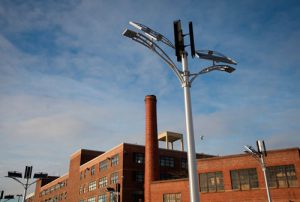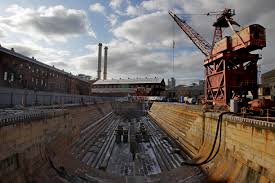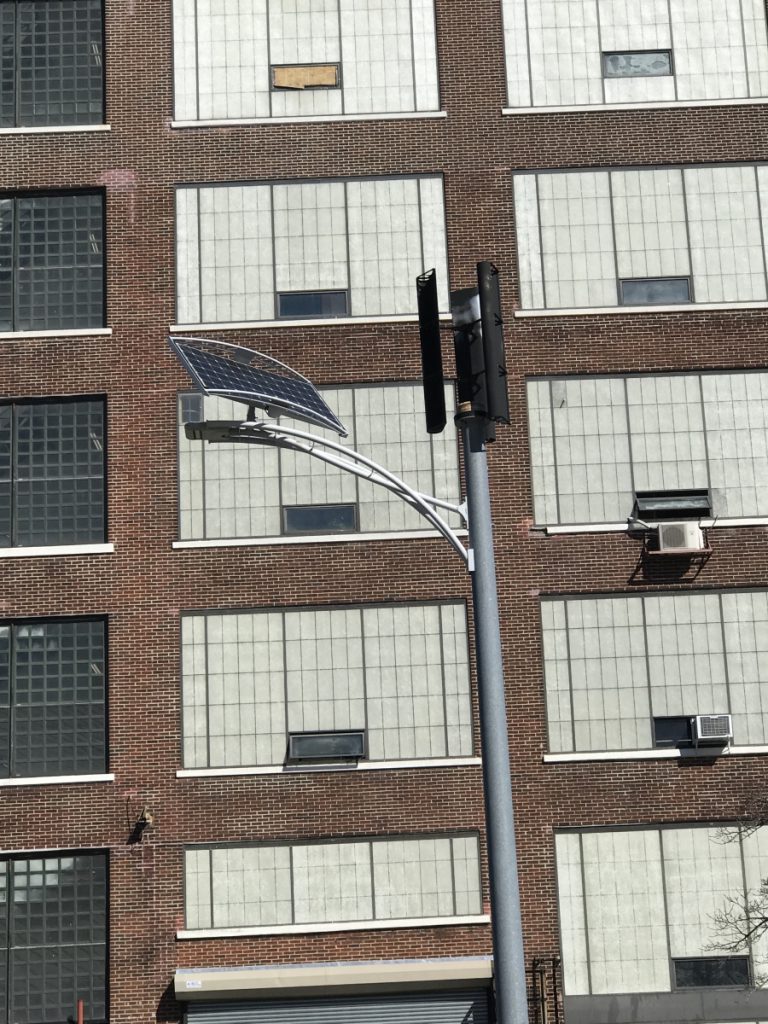The Brooklyn Navy Yard has revolutionized the way we “light up” our streets, by using solar power. This is a part of their sustainability goal as a facility. This is a way to cut down on electrical costs and emissions caused by electrical power. This form of electricity is reusable and will not ever end.
Boat Repair Dock
Updated presentation schedule May 17 &24
Final presentation schedule: updated May 15: Final Presentation Schedule **Please note: if there is a comment in red, your topic still needs to be expressed as a central question or thesis. This should be reflected in the title of your presentation and in the final draft of all documents submitted at the time of presentation.
Updated final presentation schedule
Updated final presentation schedule Final Presentation Schedule **Please note: if there is a comment in red, your topic still needs to be expressed as a central question or thesis. Please provide this information by Wed. of this week.
Brooklyn Navy Yard Tour 2017
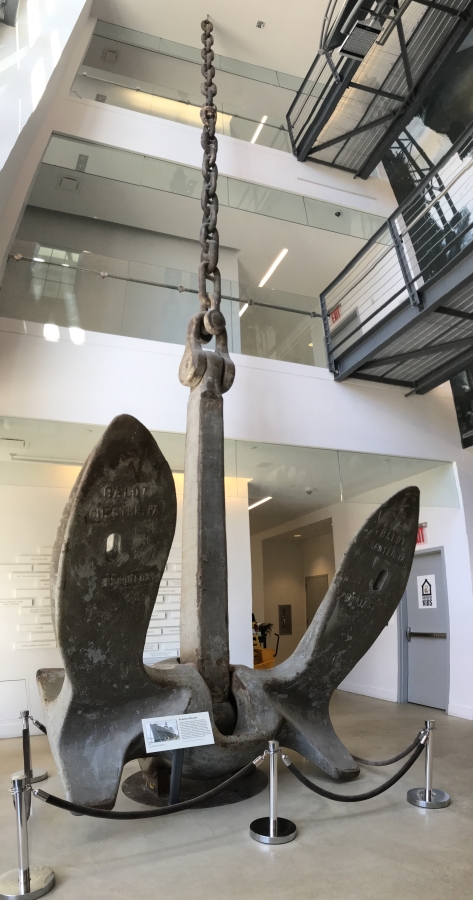
One example of items re-purposed from old navy ships is this massive 22,500 pound anchor, from the USS Austin.
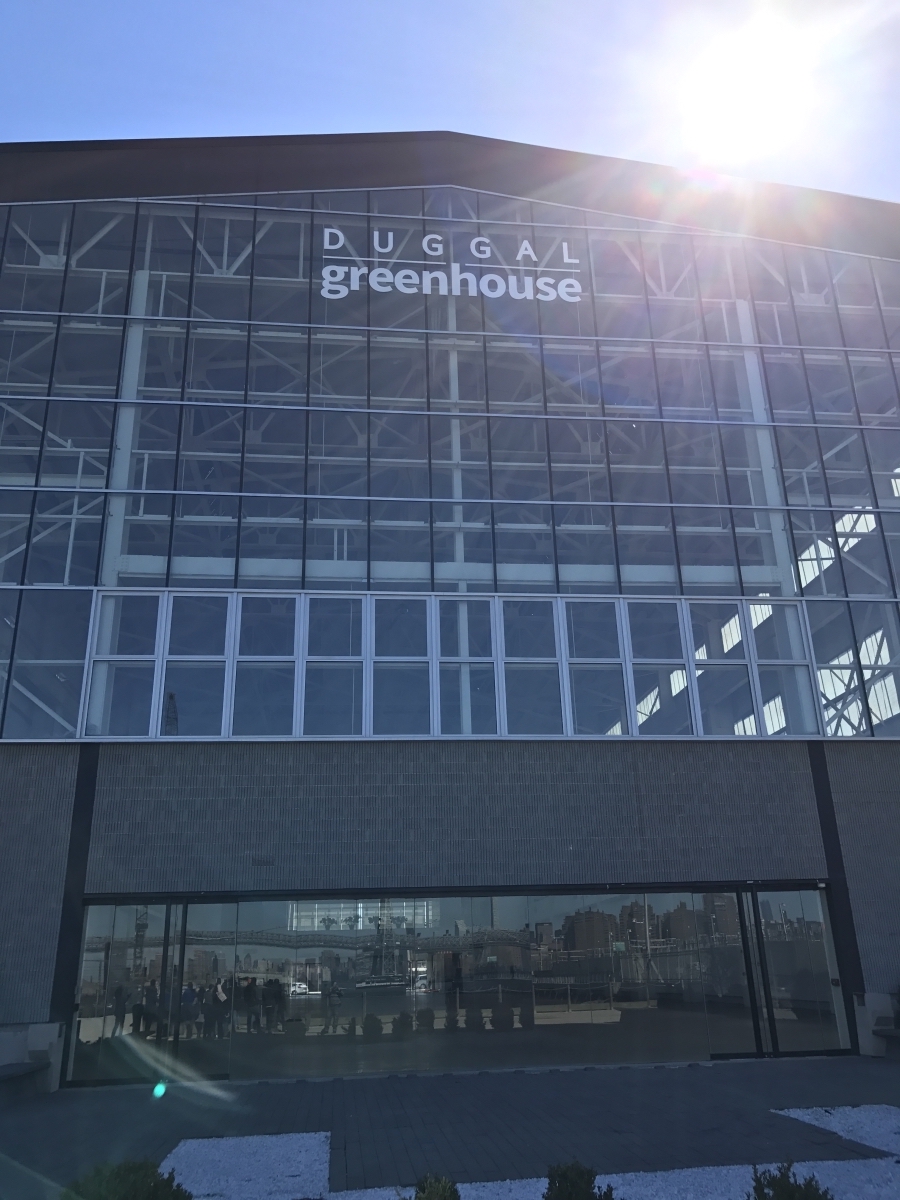
The Duggal Greenhouse is a restored navy ship assembly building that was now made into a huge event location. It is one out of 12 buildings that are on the plan to be restored.
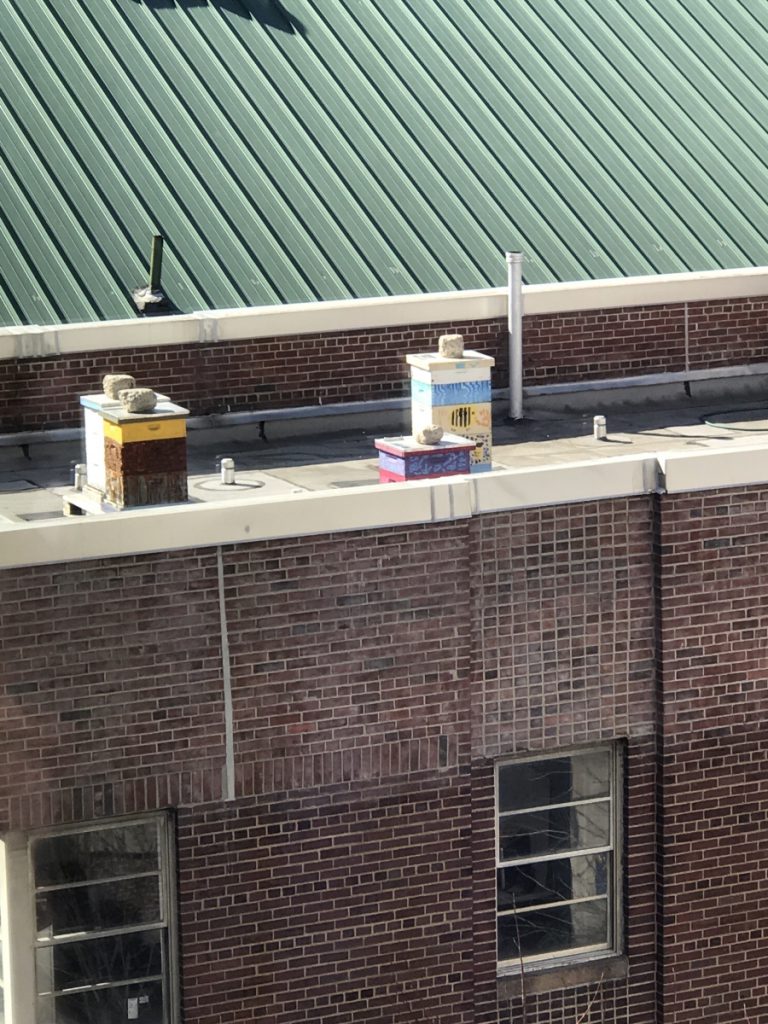
Active Beehives on top of a building seen from the green roof of Building 92. Beehives help pollinate green roof agriculture.
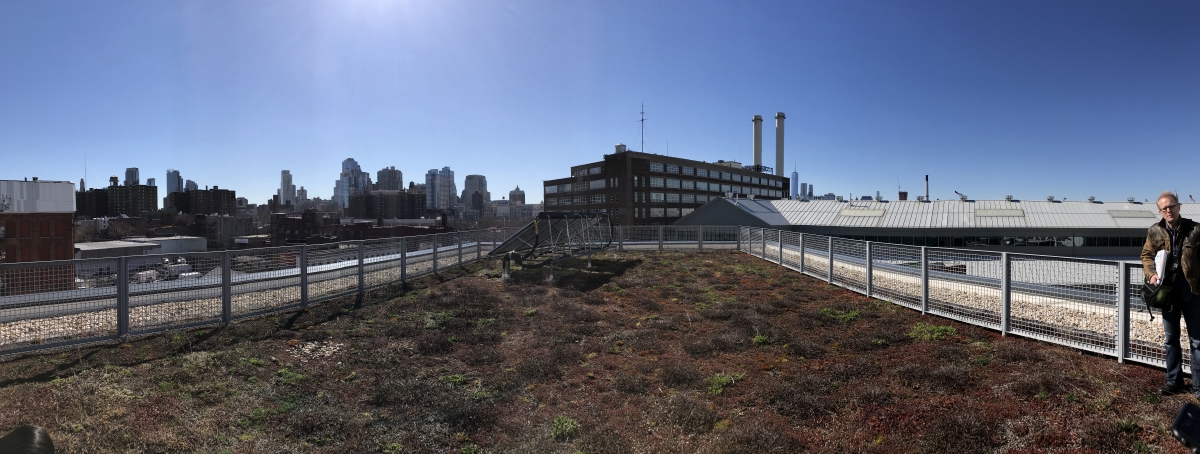
Green roof system on top of Building 92 also equipped with solar panels. The green roof helps to keep the building cool thus reducing energy consumption used for air conditioning. Green roofs also help to reduce water runoff that would end up picking up chemicals from the ground and wash into our sewage and water systems.
The New Lab
Brooklyn Navy Yard Trip – Duggal Greenhouse
Final Presentation Schedule
Final Presentation Schedule Final Presentation Schedule
**Please note: if there is a comment that your topic needs to be expressed as a central question or thesis, please indicate this and revise accordingly for Wed.
Final presentation guidelines: Please review
- Presentation: title page and final works cited page Presentation-title and final pages-1
- Final presentation: what should be included? Guidelines-for-final-presentation-Spring 2017
Brooklyn Navy Yard Facts
Here are some interesting facts that you may not have heard about the Brooklyn Navy Yard:
1. USS Connecticut Was Built at the Brooklyn Navy Yard
Standing out among a number of other ships built at the Brooklyn Navy Yard, the USS Connecticut is noteworthy because it served as President Theodore Roosevelt’s flagship for the Great White Fleet. To showcase the U.S. Navy’s powerful fleet and to assert the country as a global power, 26 vessels embarked on a two-year journey, which circumnavigated the globe. It took off on December 16, 1907 and sailed until February 22, 1909 !
2. The Brooklyn Navy Yard Employed Some of the First Women in the U.S. Navy
The Brooklyn Navy Yard has historically relied on an extensive workforce, particularly during periods of war time. The Brooklyn Naval Hospital, which was active during the Civil War, employed some of the first female nurses and medical students in the United States Navy. Moreover, when the workforce exploded in size to 70,000 employees during World War II, women were hired at the yard for the first time as mechanics and technicians.
3. Ether was Invented at the Naval Hospital
The Brooklyn Navy Yard Naval Hospital (or the Naval Annex), once one of the oldest naval hospitals in the U.S., was built from 1830 to 1838, and decommissioned in the 1970’s. It was at this site that naval surgeon DR. E.R. Squibb developed the first aesthetic ethers for use in surgery. He would later go on to establish his own pharmaceutical company outside the Yard in 1857, which provided medical supplies for the Union Army during the Civil War.
4. There Was a Cemetery at the Brooklyn Navy Yard
More than 2,000 military service members and their families were once buried at the Brooklyn Naval Hospital Cemetery, established in 1831. The site closed in 1910, and the remains were consequently reinterred at Cypress Hills National Cemetery in Brooklyn. However, during a field investigation in 1997, additional remains were discovered and later preserved at the location. Although the cemetery was put out of commission, the landscape recently opened to the public for the first time in 90 years, functioning as an accessible green space.
5. The First Undersea Cable Was Laid by a Yard-Built Ship
In 1858, the USS Niagara, a navy-yard built ship, sailed from from New York to meet the British HMS Agamemnon in order to lay the first transatlantic undersea telegraph cable. Working together, they each spliced their cable ends and sailed toward their home continent. Following the expedition, Queen Victoria successfully transmitted her first Morse code message to the United States on August 5th.

